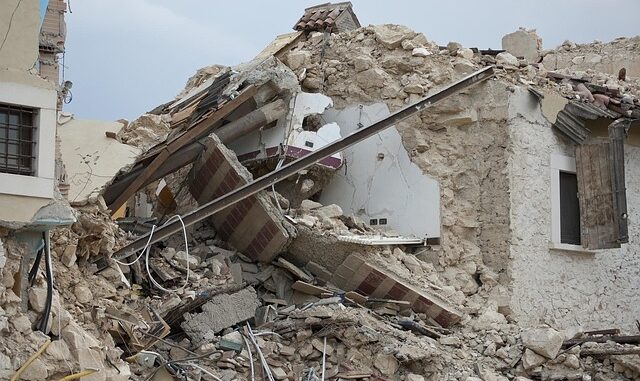
Summary
The Ronan Point disaster of 1968, where a gas explosion led to a partial building collapse, prompted significant changes in UK building regulations. These changes focused on structural integrity, gas safety, and introduced the concept of “disproportionate collapse” prevention. Even today, Ronan Point serves as a stark reminder of the importance of stringent building codes and robust oversight.
Focus360 Energy: property compliance services – pre-planning to post-construction. Learn more.
** Main Story**
Ronan Point: Where Regulation Found Its Footing
May 16th, 1968. A date etched in East London’s memory. It’s hard to imagine the skyline without considering the lessons learned that day. Just two months after its grand opening, Ronan Point, a towering 22-story apartment block, suffered a catastrophic collapse. Picture this: a seemingly insignificant gas explosion in a resident’s kitchen—boom—and suddenly, an entire corner of the building just…vanished.
Four lives were lost, and 17 people were injured. The disaster didn’t just expose flaws, it screamed them from the rooftops, highlighting critical issues in the building’s design, its construction, and the lax building regulations of the time. It was more than just a tragedy; it was a brutal wake-up call, the echoes of which still resonate throughout the UK construction industry.
The Large Panel System: A Weak Link?
Ronan Point was built using the Large Panel System (LPS). Basically, this meant large concrete panels were prefabricated and then assembled on-site. Quick and cost-effective? Yes, absolutely. But it also had a dangerous flaw: a distinct lack of structural integrity against what’s known as disproportionate collapse. And the Ronan Point incident, well, it showcased this weakness in the most devastating way. The explosion didn’t stay put; instead, it triggered a cascading failure. This exposed the lack of robust load paths, an over-reliance on panel-to-panel connections. It’s a terrifying thought, isn’t it?
The Aftermath: Forging a New Era of Building Regulations
The Ronan Point disaster acted as the catalyst for a complete overhaul of UK building regulations. I remember a professor of mine saying, ‘Sometimes, it takes a disaster to create real change.’ How true that is. In 1970, amendments were made introducing the concept of disproportionate collapse prevention. Suddenly, buildings needed design features that would ensure localised damage—think explosions or impacts—wouldn’t cause widespread structural failure.
Moreover, gas safety regulations got a serious upgrade. There were stricter controls over appliance installation, maintenance, and inspections to try and minimise the risk of similar gas-related incidents. The Gas Safe Register, now a trusted body overseeing gas appliance safety, is a direct result of the lessons learned from Ronan Point. It’s hard to believe that such a system wasn’t in place before, but there you go.
The Continuing Influence of Ronan Point’s Legacy
Even now, more than 50 years later, Ronan Point remains a critical case study in building safety. It underscored the vital need for robust oversight, solid structural verification, dependable documentation, and legislation that’s not only clear but also rigorously enforced. The collapse also understandably led to a decline in public trust in high-rise residential buildings. Ultimately, Ronan Point itself was demolished in 1986 because of lingering structural concerns. That said, the construction landscape has evolved dramatically since then.
Yet engineers and regulators still constantly refer to Ronan Point. It’s a stark reminder of what can happen when building codes are inadequate and oversight is lax. It’s a constant, if unsettling, presence in our field. And its legacy continues to shape building practices and regulations, driving ongoing efforts to ensure the safety and resilience of structures throughout the UK, and really, globally.
Ensuring Safety and Preventing Future Disasters
Modern building codes now mandate a whole host of measures to mitigate disproportionate collapse. We’re talking robust structural frames, alternate load paths to redistribute forces if there’s localized damage, and stronger connections between all structural elements. Contemporary building regulations also put a lot of emphasis on thorough risk assessments, rigorous inspections during construction, and ongoing monitoring of existing structures.
Engineers, these days, prioritize designing buildings with multiple layers of redundancy. This ensures that if one element fails, it doesn’t trigger a catastrophic chain reaction. These measures, combined with advancements in construction materials and techniques, aim to prevent future tragedies. In the end, it is all about building a safer, more resilient built environment, a legacy that Ronan Point, however tragically, helped to create. And don’t we all want to leave the world a bit safer than we found it?


Be the first to comment